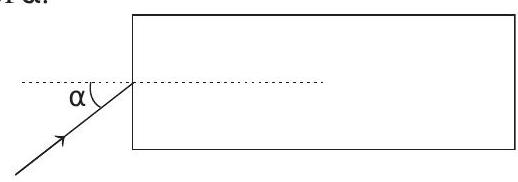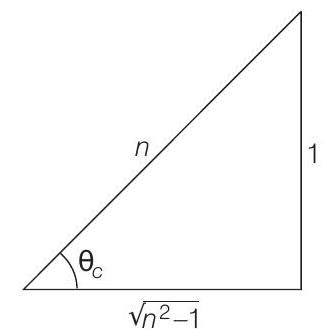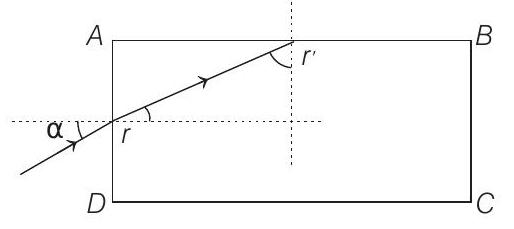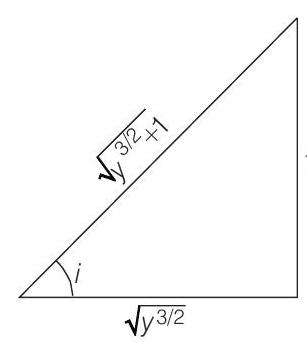Optics 2 Question 29
28. Light is incident at an angle

Show Answer
Answer:
Correct Answer: 28.
Solution:

Then,

Now, if minimum value of

Therefore, minimum value of






